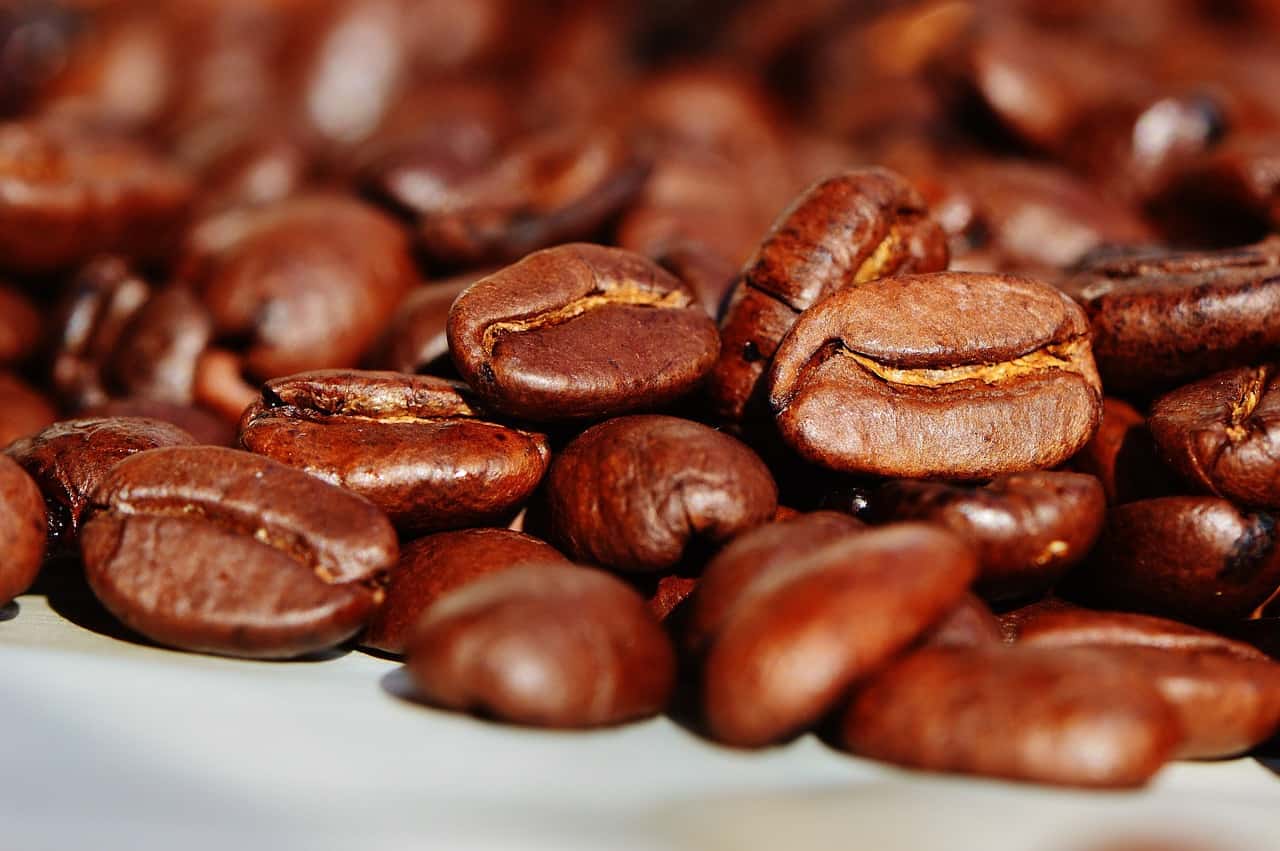In today’s world of constant innovation and evolving tastes, it is no surprise that the process of preparing coffee has also undergone a substantial transformation.
The art of roasting coffee beans has witnessed a renaissance in recent years, with many cutting-edge techniques emerging on the scene to elevate the humble cup of Joe from a simple morning beverage to an extraordinary sensory experience.
Central to this burgeoning “roasting revolution” is the meticulous science behind unlocking the complex flavors hidden within each coffee bean.
As connoisseurs seek to push the boundaries of taste and aroma, traditional roasting methods are giving way to new techniques.
These pioneering approaches aim to extract every ounce of potential from the beans, showcasing their unique characteristics and ensuring that each cup delivers an unparalleled taste sensation.
This article takes you on a journey through the fascinating landscape of contemporary coffee roasting, exploring some of the most ingenious methods used by trailblazing roasters.
Whether you’re a casual coffee drinker or an aficionado with an insatiable curiosity for all things caffeinated, there’s something here for everyone.
1. The Science of Coffee Roasting: Understanding the Basics
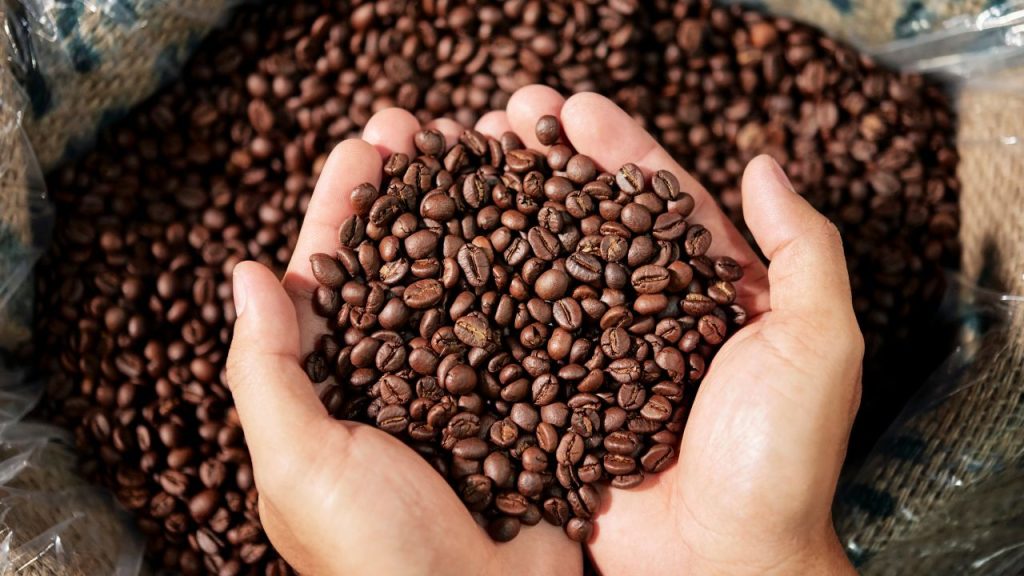
To appreciate the nuances of innovative coffee roasting techniques, you need to understand the fundamentals of this transformative process first.
Roasting involves subjecting green coffee beans to high temperatures, usually between 370 to 540 °F (188 to 282 °C), causing chemical reactions that enhance their flavors and aromas.
During roasting, beans undergo a series of stages, such as drying, browning, and development, each contributing to the final taste profile.
The Maillard reaction, which occurs when sugars and proteins are subjected to heat, plays a crucial role in coffee roasting.
Additionally, the degree of roast (light, medium, or dark) significantly influences the balance between acidity, sweetness, and bitterness in the final cup.
There are many big coffee companies in the world. Some of the most well-known names include coffee chains such as Starbucks, Costa, and Dunkin’ Donuts.
However, those who prefer brewing their own coffee should consider paying more attention to indie coffee brands such as Twisted Goat Coffee Roasters or similar small yet passionate enterprises.
2. Precision Roasting: Leveraging Technology for Perfectly Consistent Results
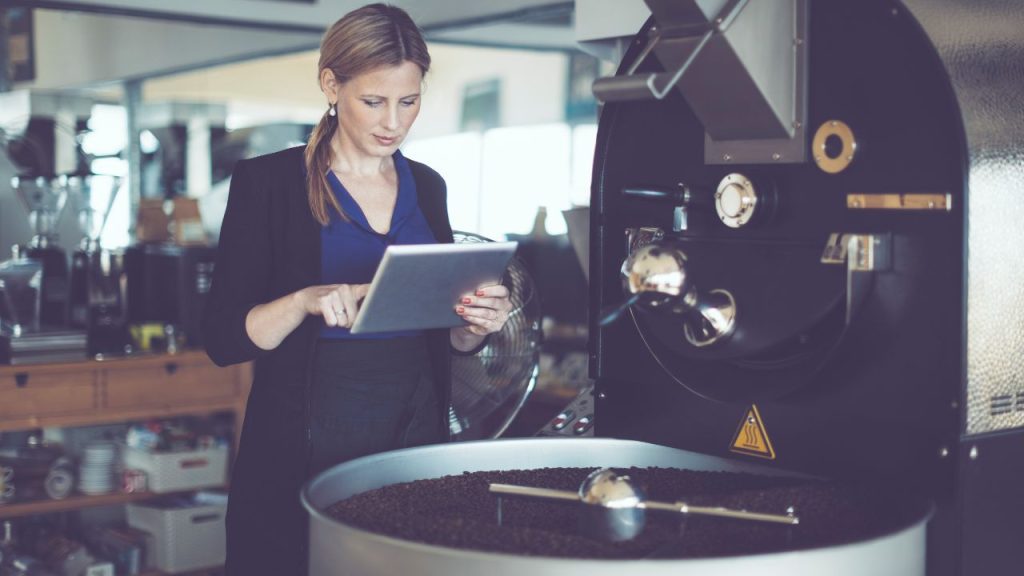
The integration of technology in coffee roasting has not only improved precision but also revolutionized the way roasters approach their craft.
With the help of advanced tools and techniques, roasters can now control every aspect of the roasting process, ensuring that each bean’s full potential is realized.
Here are some ways in which technology is shaping precision roasting:
- Data-driven decision-making. Modern roasting machines, such as Aillio Bullet R1 V2 or Hottop KN-8828B-2K+, can collect a wealth of data during the roasting process, including temperature, time, and rate of rise. This information allows roasters to make well-informed decisions based on quantifiable factors, resulting in a more consistent product.
- Roast profiling. Advanced roasting equipment often comes equipped with software that enables users to create and store roast profiles. These profiles serve as templates for specific beans or blends, allowing roasters to achieve consistency across multiple batches by following predetermined parameters.
- Remote monitoring and control. Roasters can now monitor and control their machines remotely using smartphone apps or web-based platforms. This feature allows for greater flexibility in managing the roasting process and ensures that adjustments can be made quickly if needed.
- Automation. Some high-end roasting machines, like the robust Bellwether Roaster or more compact Besca Roaster, offer varying degrees of automation, enabling users to program the equipment to follow specific roast profiles automatically. By removing some of the guesswork from the process, automation allows for greater precision and quality control.
- Sensor technology. Advanced sensors are being integrated into coffee roasting equipment, measuring various aspects of the process, such as bean temperature, environmental temperature, humidity levels, and gas pressure. This real-time data provides valuable insights into the roasting process, allowing for precise adjustments and better overall results.
Overall, the implementation of cutting-edge technology in coffee roasting has significantly improved the level of precision and consistency achievable by roasters.
This progress not only benefits the final product but also elevates the entire coffee industry by raising the standards for quality and innovation.
3. Unconventional Roasting Methods: From Barrel-Aged Beans to Cryo-Roasting
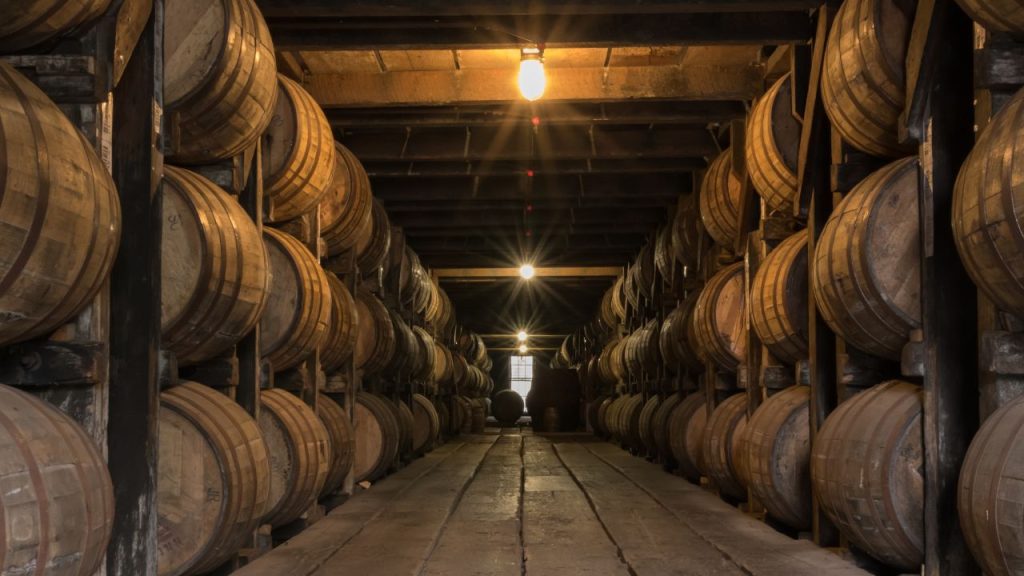
Adventurous roasters are constantly experimenting with unconventional methods to impart unique characteristics to their beans.
One such technique is barrel aging, where green coffee beans are stored in barrels previously used for aging spirits.
This process allows the beans to absorb flavors from the barrel’s wood and residual alcohol, resulting in a distinctively rich and complex cup.
Cryo-roasting is another groundbreaking method where liquid nitrogen is employed to rapidly cool freshly roasted beans.
By halting the roasting process more quickly than traditional air cooling methods, cryo-roasting helps preserve delicate flavors and aromas that might otherwise be lost.
4. Eco-Friendly Roasting Techniques: The Future of Sustainable Coffee Production
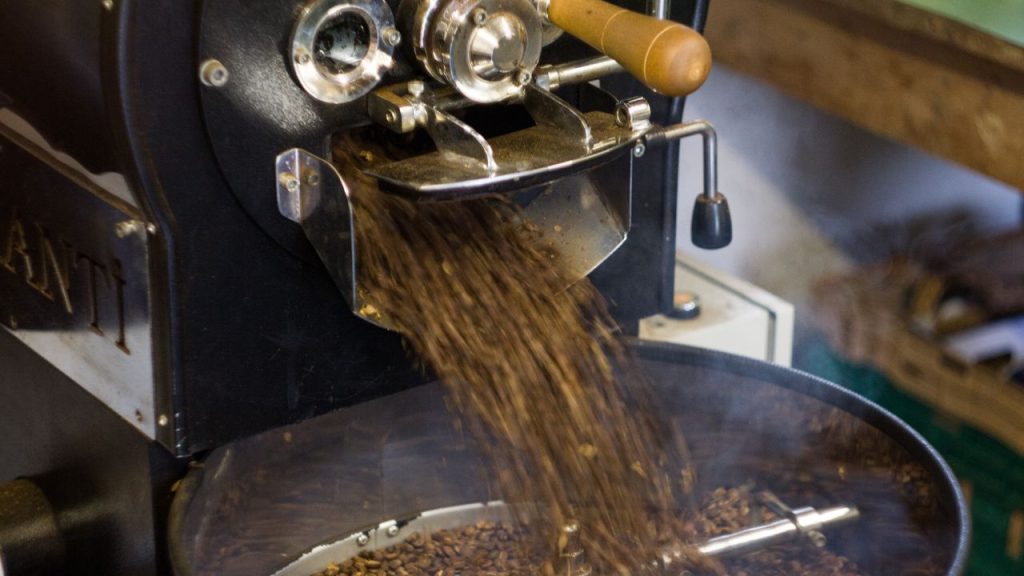
As environmental concerns continue to take center stage, many roasters are also embracing eco-friendly practices that reduce energy consumption and minimize waste.
Solar-powered roasting equipment is gaining popularity as a sustainable alternative to traditional gas or electric roasters.
By harnessing the sun’s energy, these machines significantly reduce their carbon footprint without compromising on quality.
Another innovative approach is the use of recycled coffee grounds as a heat source for roasting.
This closed-loop system not only eliminates waste but also provides a cost-effective and environmentally friendly solution for heating beans.
Conclusion
The world of coffee roasting is an ever-evolving landscape, with passionate artisans continually seeking new ways to extract the most exquisite flavors from each humble bean.
As technology advances and environmental awareness grows, the future of coffee roasting looks set to be increasingly sustainable, precise, and innovative.
Whether you’re a casual consumer or a discerning caffeine aficionado, there has never been a more exciting time to explore the rich tapestry of flavors that the roasting revolution has to offer.
Different possibilities await your exploration, offering countless sensory delights and inspiring stories that are sure to enrich your appreciation for this beloved beverage!



